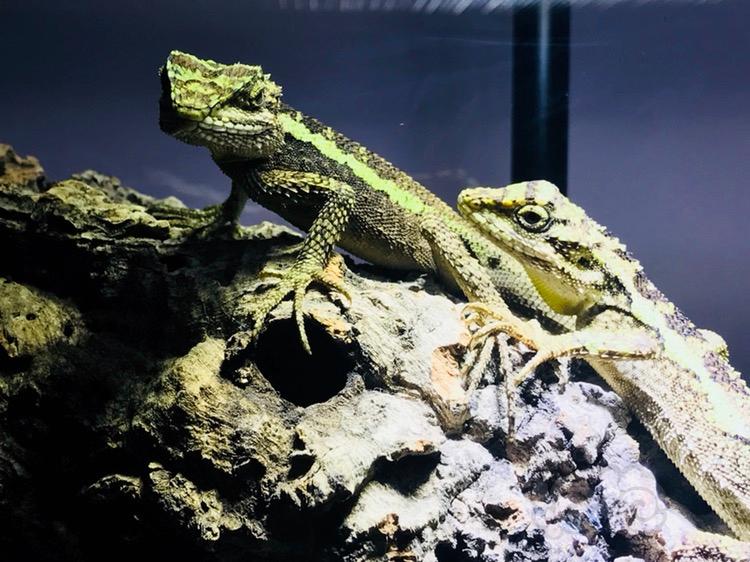What does ‘易’ (yi4) mean? The upper particle is ‘日‘ (ri4) is the Moon that lights up the Earth through its reflection of the Sun! This probably refers to a light in the darkness or a cultivated light which dispels darkness (the exact definition of the Sanskrit term ‘Guru’). The bottom particle is ‘勿’ (wu4) which composed of the left sub-particle of ‘刀’ (dao1) or ‘blade’ and the right sub-particle of ‘𠚣’ (dao1) or ‘dripping blood’. When placed together, these two sub-particles generate ‘勿’ (wu4) which literally depicts ‘blood dripping from a blade’. As a distinct character, this ideogram appears on the Shang Oracle Bones (c. 1766 to 1122 BCE) and was used as a ‘warning’ ‘not to do something’, ‘not to carry-out a specific action’, or to ‘stop doing what has already been done’. The emphasis is from ‘movement’ to ‘stillness’. Within modern (everyday) Chinese language use, ‘勿’ (wu4) is used to refer to the word and concept that denotes ‘no’ as opposed to ‘yes’.
When combined, and taking all this data into consideration, ‘易’ (yi4) seems to imply a situation where once there was difficulty (勿 - Wu) - but this difficult situation is transformed into its opposite by the presence of ‘日‘ (ri4) - which is the Moon that lights-up the entire landscape through its glow! What was previously ‘hard’ is now made ‘easy’ by a ‘change’ of circumstance. When beneficial ‘change’ is experienced, it is generally the case that actions that were once ‘blocked’ or ‘hindered’ now become ‘open’ and ‘free-flowing’. This explanation demonstrates how the ideogram ‘易’ (yi4) can simultaneously mean both ‘easy’ and ‘change’. However, another version of this ideogram is ‘蜴’ (yi4). It is related and exists within the same series as ‘易 (yi4)’. The difference is that this version - ‘蜴’ (yi4) - has the extra left-hand particle of ‘虫’ (chong2) which refers to a dangerous, venomous snake, or a similar type of animal or insect.
When expressed as ‘蜴’ (yi4) - this ideogram takes on the meaning of a ‘lizard’ which can adapt its outer skin to ‘blend-in’ with the ever-changing environment (I.e., a ‘chameleon’). This type of lizard knows how to ‘not stand out’ and how to ‘achieve things’ in an ‘effortless’ and ‘unassuming’ manner. As the external temperature changes – so does the pigmentation arrangement of the Lizard’s skin. As a means of temperature control – the lizard also manages to remain ‘unseen’ as an evolutionary by-product. An advanced practitioner of martial arts can adapt to the physical environment in a manner that preserves his or her life, and which removes greed, hatred and delusion from the mind (and body) of the opponent. When this type of change is mastered in every position, a practitioner literally seems to perceptually ‘disappear’ as they no longer react in a dualistic manner. There is no one to chase and no one to hit...


 RSS Feed
RSS Feed